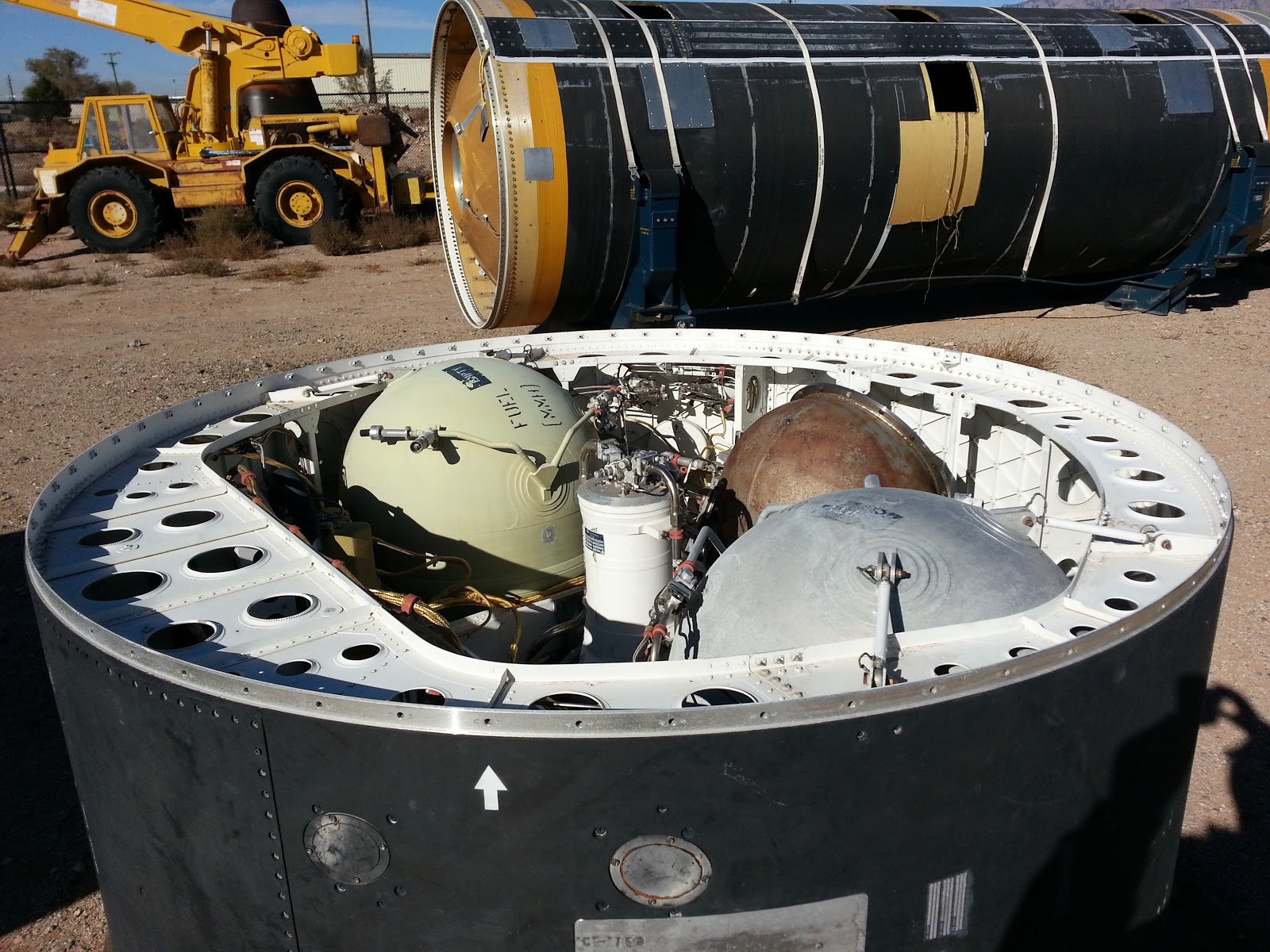Throughout the second half of 2012 many security folks have been asking “how much is a zero-day vulnerability worth?” and it’s often been hard to believe the numbers that have been (and continue to be) thrown around. For the sake of clarity though, I do believe that it’s the wrong question… the correct question should be “how much do people pay for working exploits against zero-day vulnerabilities?”
The answer in the majority of cases tends to be “it depends on who’s buying and what the vulnerability is” regardless of the questions particular phrasing.
On the topic of exploit development, last month I wrote an article for DarkReading covering the business of commercial exploit development, and in that article you’ll probably note that I didn’t discuss the prices of what the exploits are retailing for. That’s because of my elusive answer above… I know of some researchers with their own private repository of zero-day remote exploits for popular operating systems seeking $250,000 per exploit, and I’ve overheard hushed bar conversations that certain US government agencies will beat any foreign bid by four-times the value.
But that’s only the thin-edge of the wedge. The bulk of zero-day (or nearly zero-day) exploit purchases are for popular consumer-level applications – many of which are region-specific. For example, a reliable exploit against Tencent QQ (the most popular instant messenger program in China) may be more valuable than an exploit in Windows 8 to certain US, Taiwanese, Japanese, etc. clandestine government agencies.
More recently some of the conversations about exploit sales and purchases by government agencies have focused in upon the cyberwar angle – in particular, that some governments are trying to build a “cyber weapon” cache and that unlike kinetic weapons these could expire at any time, and that it’s all a waste of effort and resources.
I must admit, up until a month ago I was leaning a little towards that same opinion. My perspective was that it’s a lot of money to be spending for something that’ll most likely be sitting on the shelf that will expire in to uselessness before it could be used. And then I happened to visit the National Museum of Nuclear Science & History on a business trip to Albuquerque.
 |
| Museum: Polaris Missile |
 |
| Museum: Minuteman missile part? |
For those of you that have never heard of the place, it’s a museum that plots out the history of the nuclear age and the evolution of nuclear weapon technology (and I encourage you to visit!).
Anyhow, as I literally strolled from one (decommissioned) nuclear missile to another – each laying on its side rusting and corroding away, having never been used, it finally hit me – governments have been doing the same thing for the longest time, and cyber weapons really are no different!
Perhaps it’s the physical realization of “it’s better to have it and not need it, than to need it and not have it”, but as you trace the billions (if not trillions) of dollars that have been spent by the US government over the years developing each new nuclear weapon delivery platform, deploying it, manning it, eventually decommissioning it, and replacing it with a new and more efficient system… well, it makes sense and (frankly) it’s laughable how little money is actually being spent in the cyber-attack realm.
So what if those zero-day exploits purchased for measly 6-figured wads of cash curdle like last month’s milk? That price wouldn’t even cover the cost of painting the inside of a decommissioned missile silo.
No, the reality of the situation is that governments are getting a bargain when it comes to constructing and filling their cyber weapon caches. And, more to the point, the expiry of those zero-day exploits is a well understood aspect of managing an arsenal – conventional or otherwise.
— Gunter Ollmann, CTO – IOActive, Inc.

